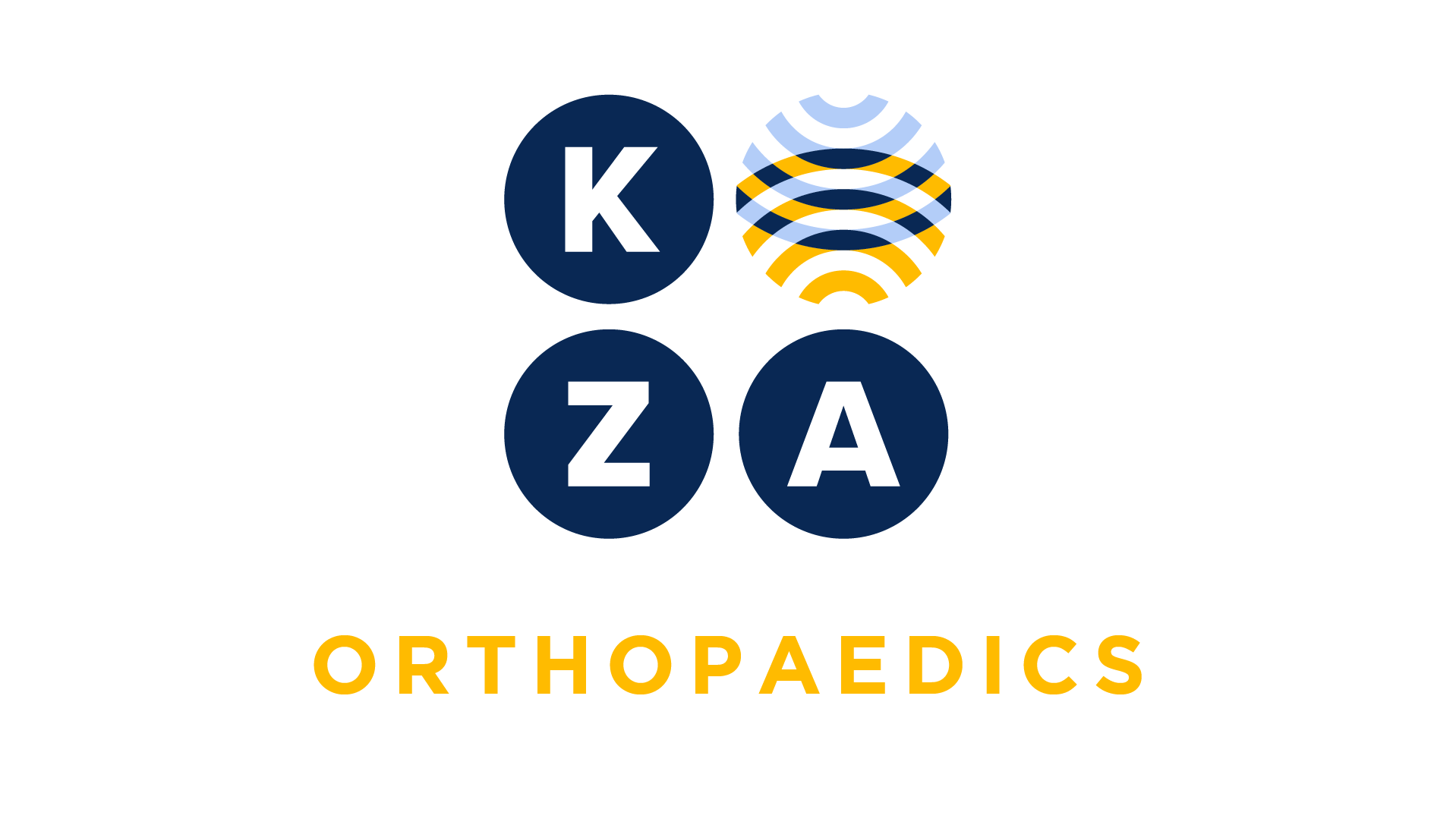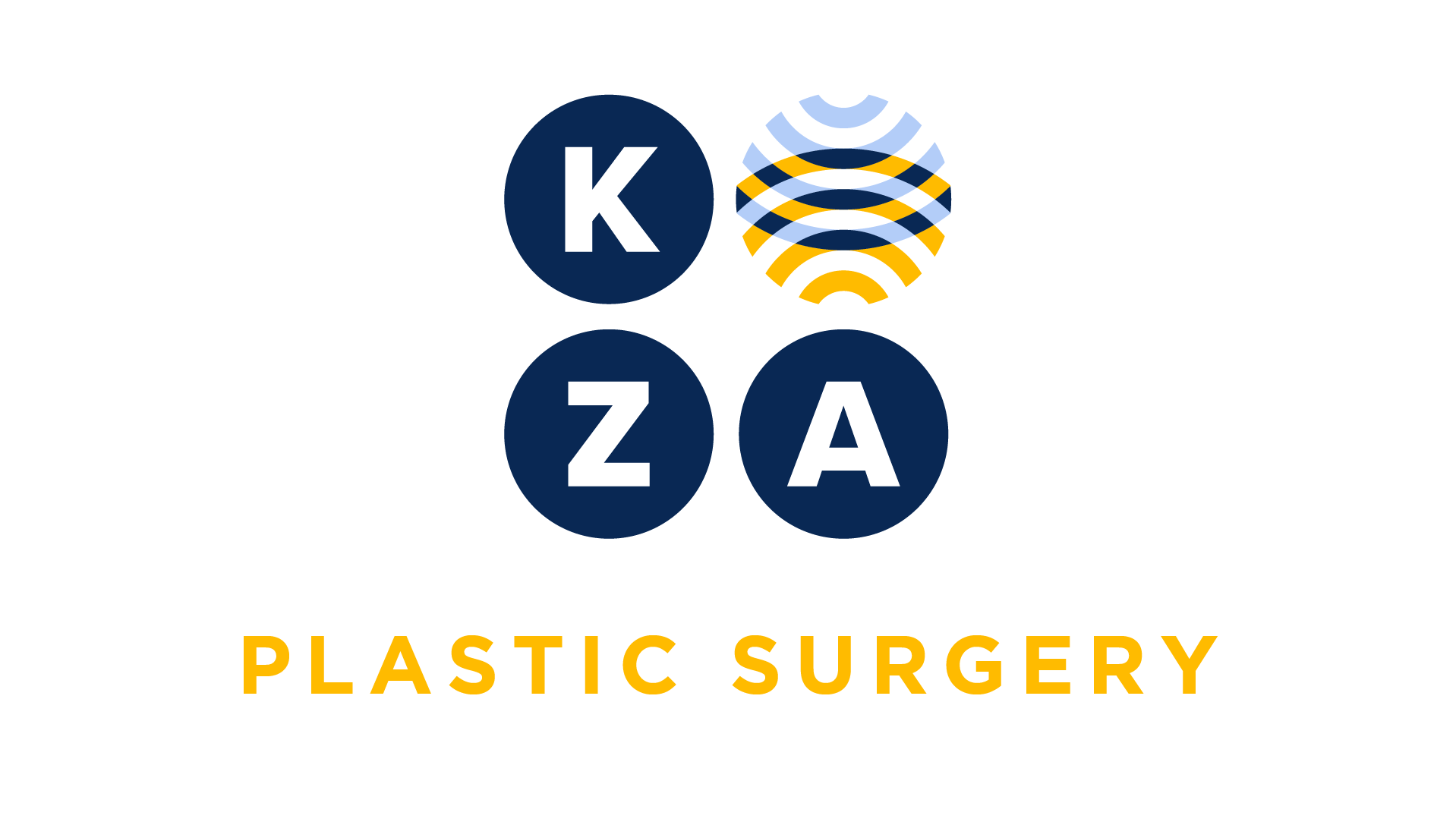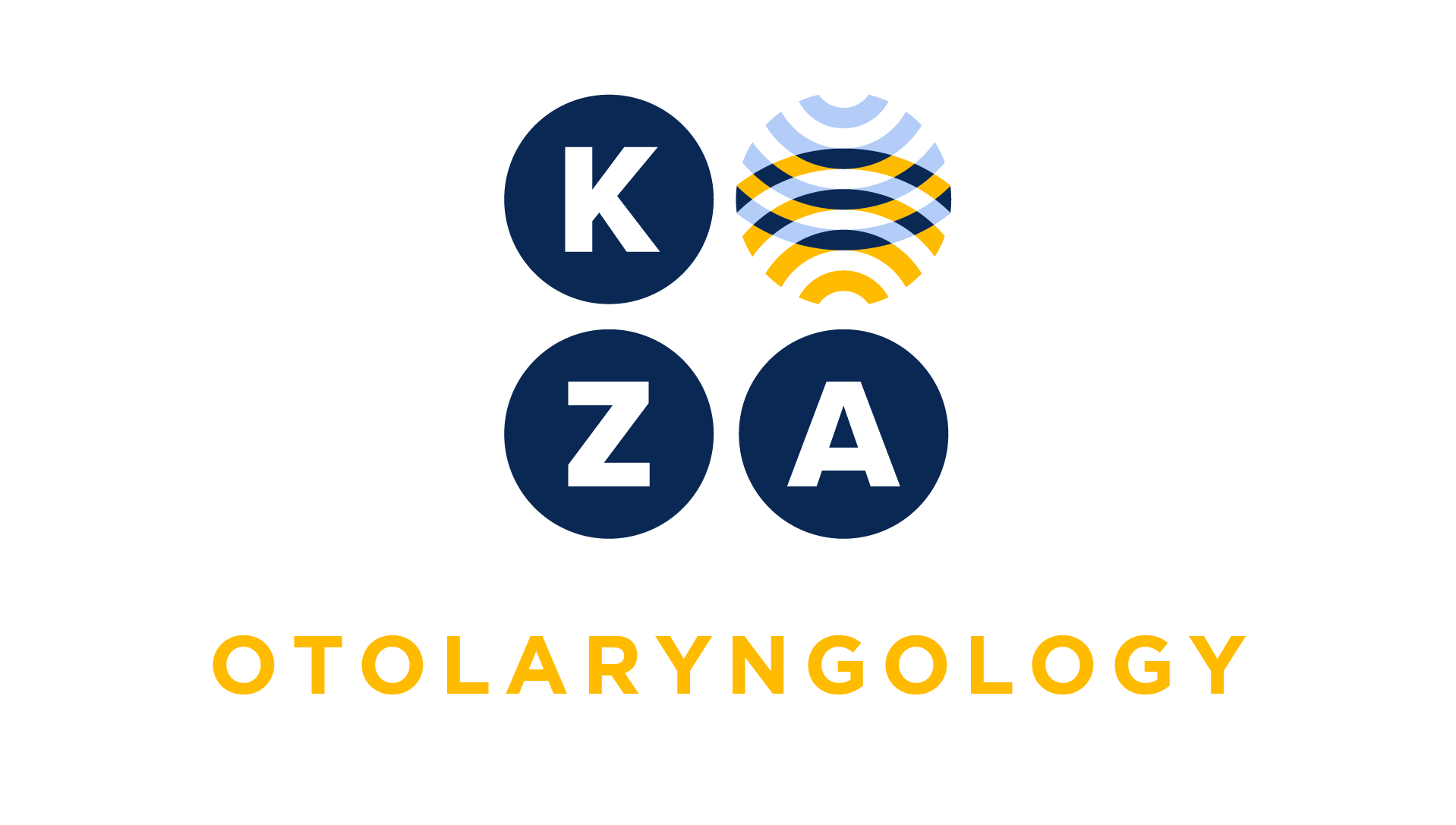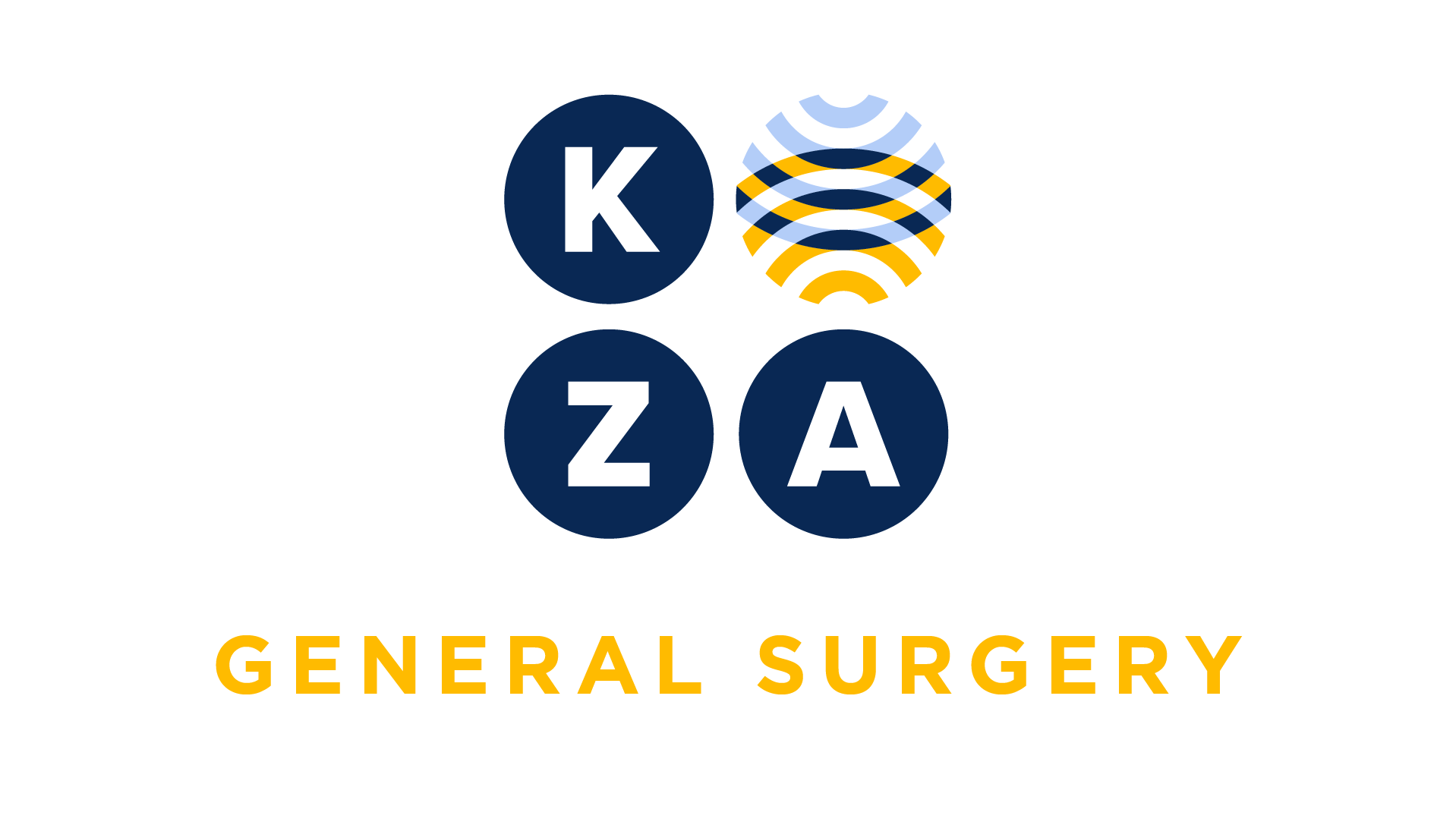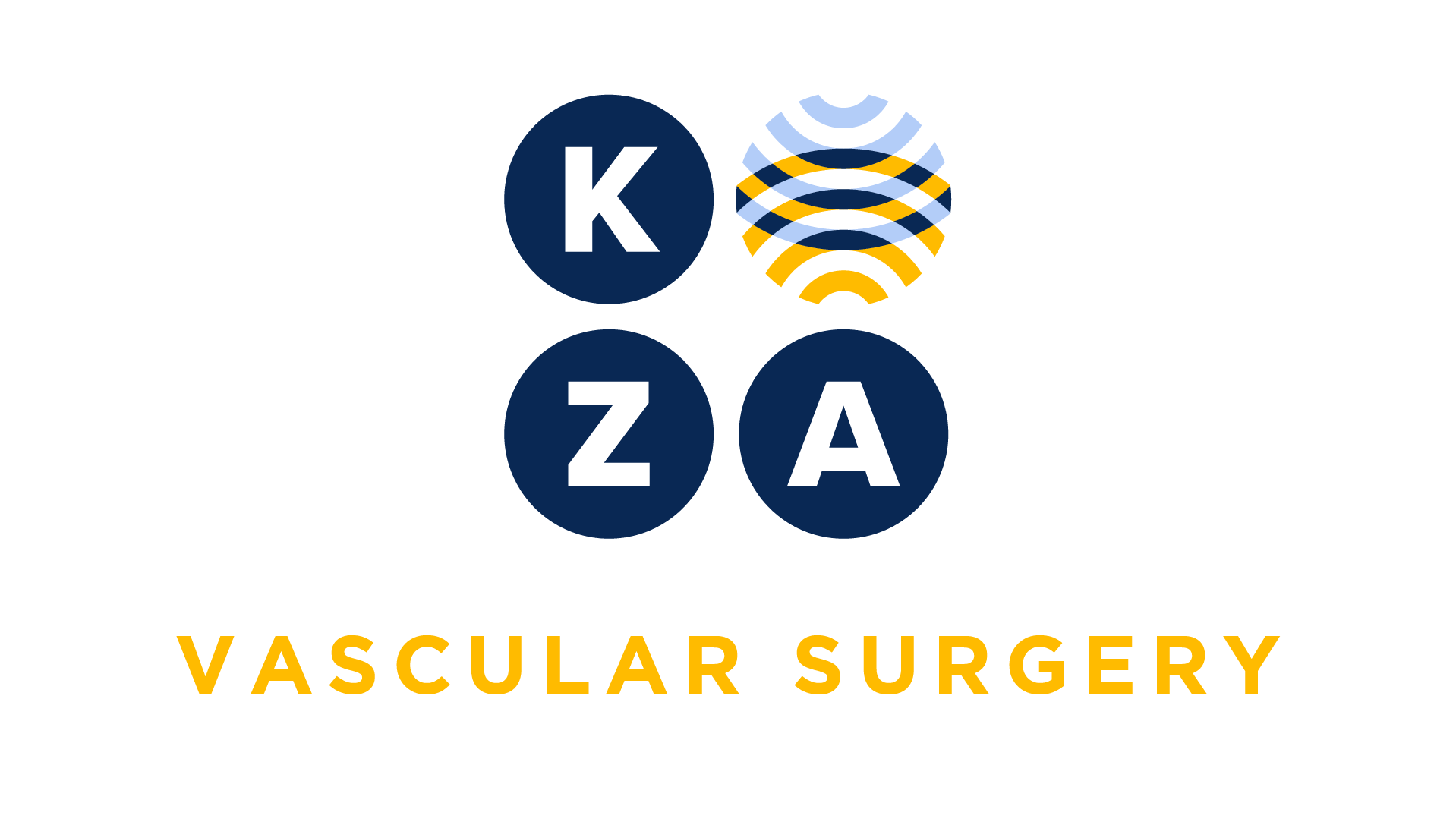
Choose your specialty from the list below to see how our experts have tackled a wide range of client questions.
Looking for something specific? Utilize our search feature by typing in a key word!
Syndesmosis Repair
I coded a case for one of our surgeons where he did an ORIF of a distal tibia/fibula fracture (Pilon) and syndesmosis repair and documented a separate diagnosis to support each procedure. I recommended CPT code 27828 (Open treatment of fracture of weight bearing articular surface/portion of distal tibia (eg, pilon or tibial plafond), with internal fixation, when performed; of both tibia and fibula) and CPT code 27829 (Open treatment of distal tibiofibular joint (syndesmosis) disruption, includes internal fixation, when performed). My surgeon stated he was recently advised that the 2 codes were not reportable together and would not let me submit.
Question:
I coded a case for one of our surgeons where he did an ORIF of a distal tibia/fibula fracture (Pilon) and syndesmosis repair and documented a separate diagnosis to support each procedure. I recommended CPT code 27828 (Open treatment of fracture of weight bearing articular surface/portion of distal tibia (eg, pilon or tibial plafond), with internal fixation, when performed; of both tibia and fibula) and CPT code 27829 (Open treatment of distal tibiofibular joint (syndesmosis) disruption, includes internal fixation, when performed). My surgeon stated he was recently advised that the 2 codes were not reportable together and would not let me submit.
The patient is not Medicare and payor does not follow NCCI edits.
Answer:
Thank you for the thoroughness of your question.
You were correct! Repair of the syndesmosis is not inclusive to the Pilon fracture (27828). Perhaps you can do a corrected claim if it is not too late.
The repair is performed for different medical necessity than the ORIF of the fractures; not all Pilon fractures will have syndesmotic instability.
Diagnosis Coding Help
I need some guidance. A general surgeon did a left mastectomy four months ago for a patient who had breast cancer. My plastic surgeon did a breast reconstruction yesterday. What diagnosis code do I use?
Question:
I need some guidance. A general surgeon did a left mastectomy four months ago for a patient who had breast cancer. My plastic surgeon did a breast reconstruction yesterday. What diagnosis code do I use?
Answer:
You would report 3 codes, the encounter for breast reconstruction following mastectomy Z42.1, Personal history of breast cancer Z85.3 and Z90.12 for the acquired absence of the left breast.
Reshaping of the Internal Nasal Valve Region
My physician has started doing repairs for nasal valve collapse using low energy radiofrequency. We have been using the unlisted code 30999. Another coder told me that is no longer the correct code. Can you help?
Question:
My physician has started doing repairs for nasal valve collapse using low energy radiofrequency. We have been using the unlisted code 30999. Another coder told me that is no longer the correct code. Can you help?
Answer:
There is a new CPT code 30469 for reporting remodeling of the nasal airway using low energy temperature controlled radiofrequency which was previously reported with the unlisted code 30999.
*This response is based on the best information available as of 06/22/23.
Coding Breast Biopsies 19120 vs 19125 and 19126
I’m confused as to why 19120, excision of breast mass requires different incisions to bill two excisions, when 19125 and +19126 removing two breast masa with a wire or marker does not require separate incisions.
Question:
I’m confused as to why 19120, excision of breast mass requires different incisions to bill two excisions, when 19125 and +19126 removing two breast masa with a wire or marker does not require separate incisions.
Answer:
Code 19120 is a primary case and as such includes the exposure ( opening), the excision of the mass and the closure. So, to bill a second 19120, a second exposure and closure must be performed to support a second primary code. With codes 19125 and +19126, the code for the second excision and removal is an add on code. As an add on code, the value is reduced, does not include an exposure and closure, and is only valued for the intraoperative work. Therefore, a separate incision is not required for removal of a second mass via the same incision.
*This response is based on the best information available as of 06/022/23.
Billing an Aortogram with a Renal Angiogram
An aortogram and renal angiogram are performed and documented. Can both be billed?
Question:
An aortogram and renal angiogram are performed and documented. Can both be billed?
Answer:
No, an aortogram is included in the renal angiogram. Report only the renal angiography, 36251, unilateral or 36252, bilateral for selective catheter placement ( in the main renal artery).
| 36251 | Selective catheter placement (first-order), main renal artery and any accessory renal artery(s) for renal angiography, including arterial puncture and catheter placement(s), fluoroscopy, contrast injection(s), image postprocessing, permanent recording of images, and radiological supervision and interpretation, including pressure gradient measurements when performed, and flush aortogram when performed; unilateral |
| 36252 | bilateral |
E&M Coding Based on Time
When choosing the level of E&M we are confused about the History and Exam. If we choose a level of E&M based on time, does this time count toward total time, or is it only time spent on MDM?
Question:
When choosing the level of E&M we are confused about the History and Exam. If we choose a level of E&M based on time, does this time count toward total time, or is it only time spent on MDM?
Answer:
When choosing a level of E&M based on time, CPT identifies the following activities as those that may contribute to total time on the date of service. As displayed below in bold font, obtaining the history and performing the exam contribute to the total time for code selection. These activities occur on the same day as the actual encounter to contribute to the level of service.
Physician/other qualified health care professional time includes the following activities when performed:
• preparing to see the patient (eg, review of tests);
• obtaining and/or reviewing separately obtained history;
• performing a medically appropriate examination and/or evaluation;
• counseling and educating the patient/family/ caregiver;
• ordering medications, tests, or procedures;
• referring and communicating with other health care professionals (when not separately reported);
• documenting clinical information in the electronic or other health record;
• independently interpreting results (when not separately reported) and communicating results to the patient/family/caregiver; and
• care coordination (when not separately reported).
source: CPT Assistant April 2022
*This response is based on the best information available as of 06/08/23.
Do you have a Coding Question you would like answered in a future Coding Coach?
If you have an urgent coding question, don't hesitate to get in touch with us here.

